|
 Previous part (Introducton) Previous part (Introducton)
"Number please" - Manual switching |
 |
 When was it in use? When was it in use?
1876-1976 (UK) |
Early telephone switches were manual. A human operator answered you, asked you which number you wanted and the connection was made by putting in plugs to physically make the connection. Manual switchboards appeared very quickly after the introduction of the telephone. The very first exchange in the UK being at 36 Coleman Street London.
Just like the buttons on the first phones however, beyond a few thousand phones, having them all connected to one switchboard becomes impractical, to say nothing of the distances - phone lines will only work over a distance of a few miles at most - so exchanges became necessary in each town to serve the phones in that area. Calls further a field were connected from one exchange to another using special lines linking the exchanges known as 'trunks' and 'junctions' Calls over a very long distance pass through several exchanges en-route just like how on a long distance train journey you typically need to change trains at certain stations.
Manual exchanges were great in the early years but as the number of phone users and calls increased the system started to show its limitations. Operators were limited in the speed with which they could connect calls, particularly those going over a long distance where several operators had to pass the call along in a chain. Furthermore, even for local calls, as the number of lines increased together with call volume, there could be a delay of several seconds between lifting the handset and the operator asking for the number. Monitoring a busy switchboard, answering calls, putting in the plugs, passing the call onto an operator at the next exchange, monitoring for the end of the call to make out the bill ticket and so forth was a busy workload with big exchanges needing many operators.
|
|
